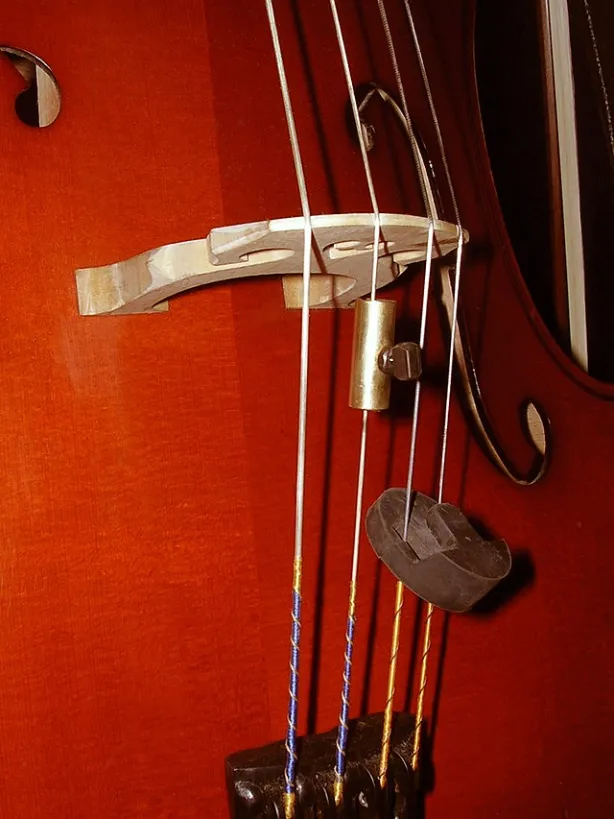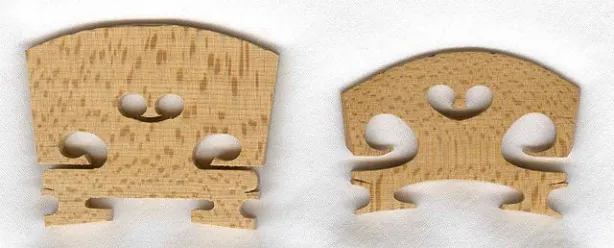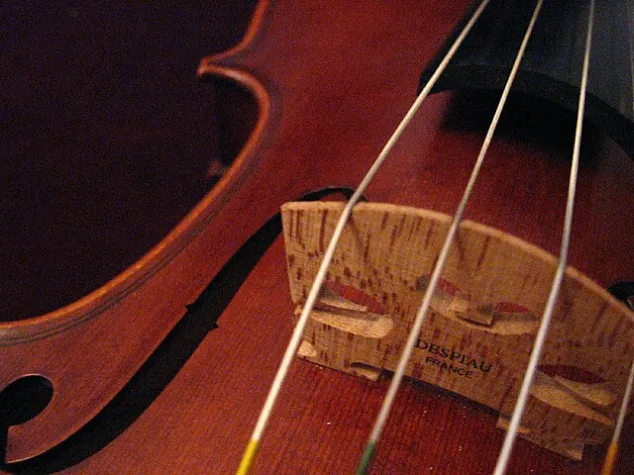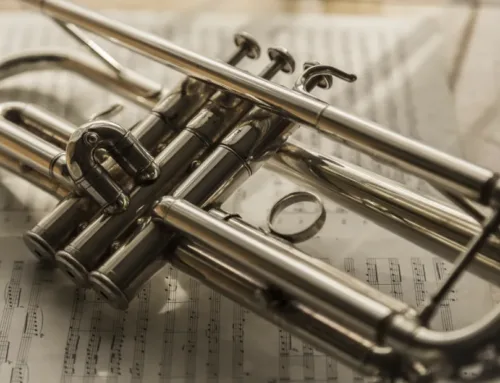The bridge is a small but mighty component of any string instrument, playing a crucial role in sound production and overall instrument health. Proper bridge maintenance is essential for achieving optimal tone, playability, and longevity. In this article, we will explore how to check bridge positioning, make safe adjustments, and identify when it is time for a replacement. We will also discuss differences in bridge care between violin, viola, cello, and bass, and provide tips for emergency fixes during performances.
Checking Bridge Positioning
A properly positioned bridge is essential for good sound production and comfortable playability. “The bridge should be perpendicular to the instrument’s top, with its feet flush against the surface,” says luthier John Smith. Here are some signs that your bridge may need adjustment:
– The bridge is leaning forward or backward
– The bridge feet are not flush with the instrument top
– The strings are too high or low, affecting action and intonation
To safely adjust your bridge, follow these steps:
1. Loosen the strings slightly to relieve pressure on the bridge.
2. Using your thumbs (for violins and violas) or fingers (for cellos and basses), gently push the bridge into the correct position, ensuring it remains perpendicular to the instrument top.
3. Check that the bridge feet are flush with the instrument top and the string heights are correct.
4. Retune your instrument and check the action and intonation.

When to Replace the Bridge
Even with regular maintenance, bridges can warp, crack, or become damaged over time. Here are some signs that indicate it’s time for a bridge replacement:
– The bridge is visibly warped or twisted
– There are cracks in the bridge, particularly near the feet or string notches
– The bridge has become too thin due to repeated adjustments
– The sound quality has deteriorated, even with proper positioning
A damaged or worn bridge can negatively impact your instrument’s sound and playability. If you notice any of these signs, it is best to have your bridge replaced by a qualified luthier. “Attempting to repair a severely damaged bridge can often do more harm than good,” warns Smith.
Bridge Care for Different String Instruments
While the general principles of bridge maintenance remain the same, there are some differences in bridge care between string instruments.
Violin and Viola Bridges
Violin and viola bridges are made from maple and are delicate. They require frequent checking and adjustment to maintain proper positioning and sound quality. When replacing a violin or viola bridge, it is crucial to choose a high-quality, well-fitted bridge to ensure optimal performance.
Cello Bridges
Cello bridges are larger and more robust than violin and viola bridges, but they still require regular maintenance. Cello bridges are typically made from maple or rosewood and should be checked for proper positioning and signs of wear. When replacing a cello bridge, it is essential to select a bridge that matches the instrument’s size and tonal characteristics.
Bass Bridges
Bass bridges are the largest and sturdiest of string instrument bridges. They are usually made from maple or rosewood and can withstand more pressure than smaller instrument bridges. However, bass bridges still require regular checking and adjustment to maintain proper action and intonation. When replacing a bass bridge, it is important to choose a bridge that is the correct height and thickness for the instrument.

Emergency Bridge Fixes
Even with diligent maintenance, accidents can happen during performances. If your bridge is knocked out of place or falls during a concert, here are some temporary fixes to get you through the event:
1. Quickly reposition the bridge as best as you can, ensuring it is standing upright and the feet are flush with the instrument top.
2. If the bridge has fallen completely, carefully place it back in its proper position, using the string notches as a guide.
3. Gently retune your instrument, being careful not to put too much pressure on the bridge.
4. After the performance, take your instrument to a luthier for a proper bridge adjustment or replacement.
Remember, these are temporary solutions to get you through a performance. “Attempting to continue playing with a severely misaligned or damaged bridge can cause long-term harm to your instrument,” cautions Smith. It is crucial to have your bridge properly repaired or replaced as soon as possible to prevent further damage.
Conclusion
Proper bridge maintenance is essential for achieving the best possible sound and playability from your string instrument. By regularly checking bridge positioning, making safe adjustments, and replacing the bridge, when necessary, you can ensure your instrument performs at its best for years to come. Remember to consider the specific needs of your instrument, whether it’s a violin, viola, cello, or bass, and always trust a qualified luthier for major repairs or replacements.
Practicing Musician’s online string instrument courses cover bridge maintenance and repair, along with a wide range of other topics essential for string musicians of all levels. With a mission to provide accessible, high-quality music education, Practicing Musician offers comprehensive resources to help you become a better, more informed musician.








Leave A Comment
You must be logged in to post a comment.